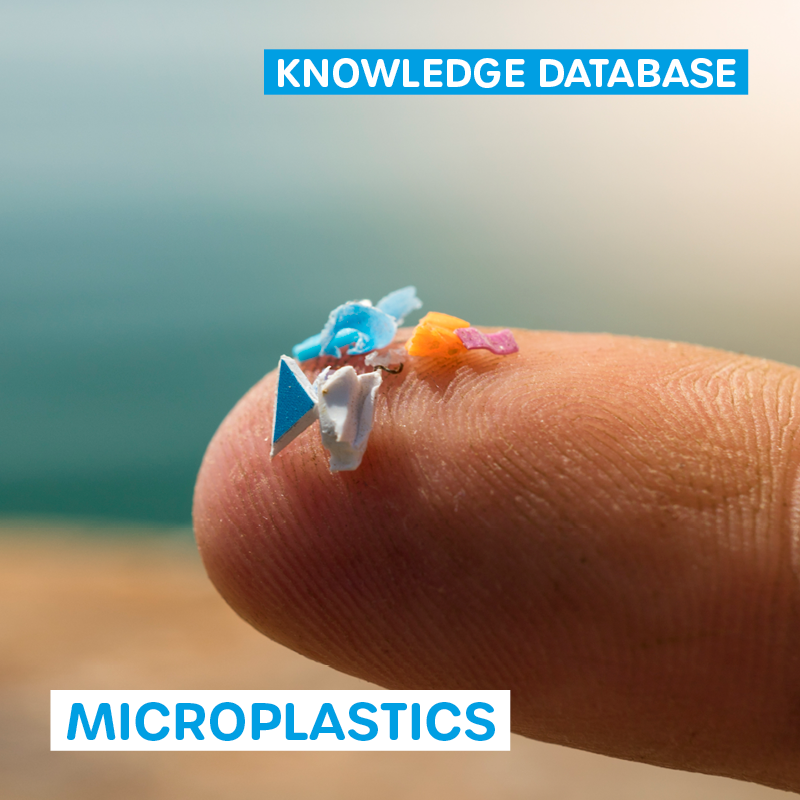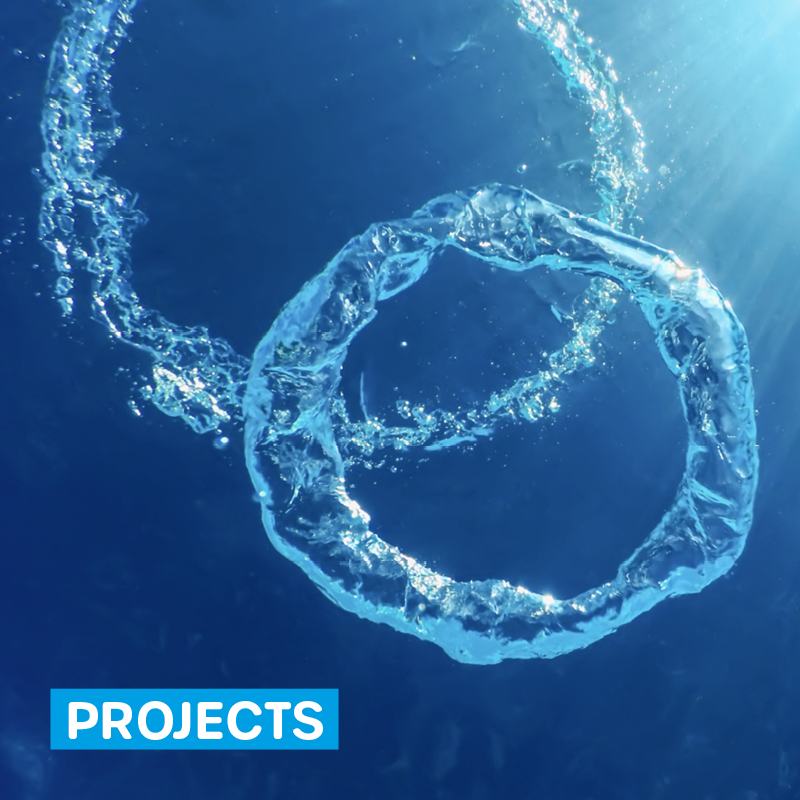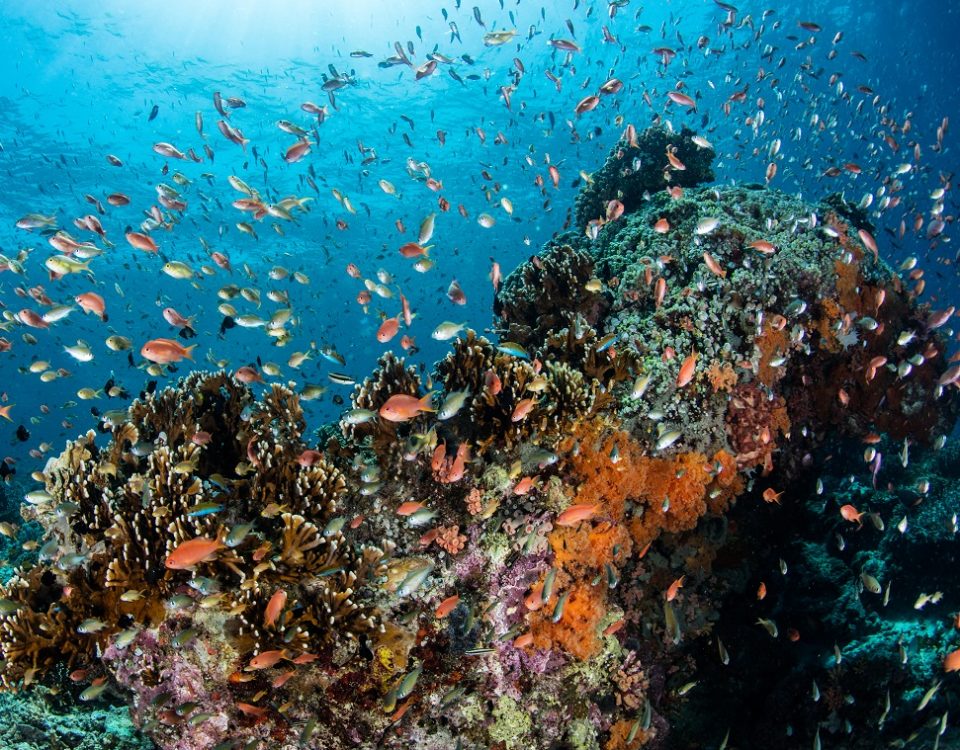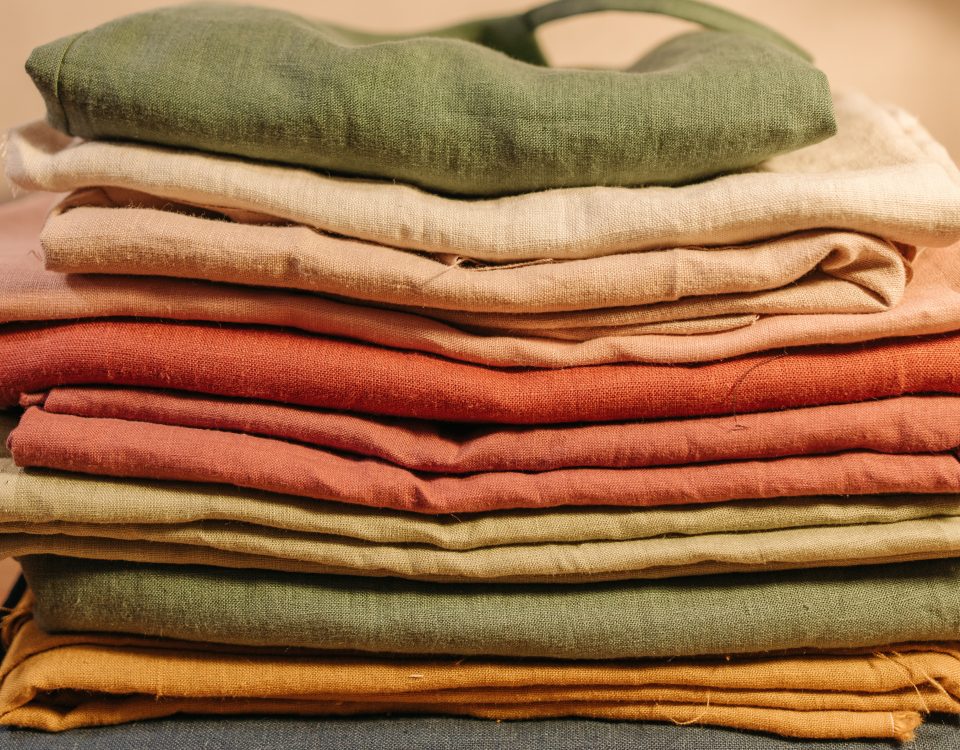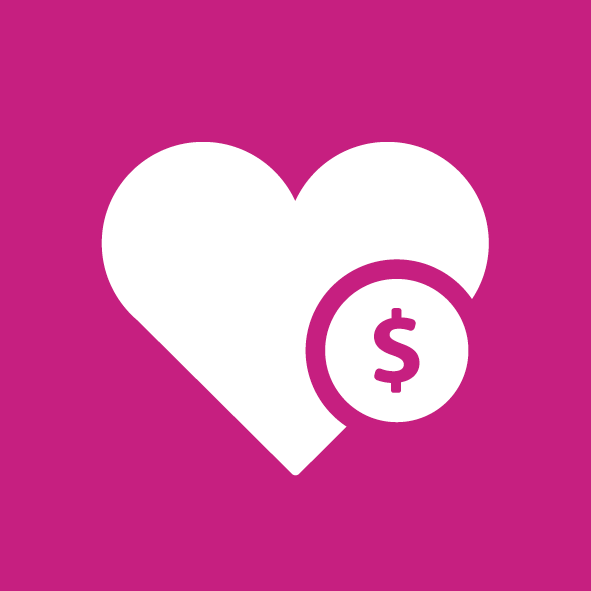Microplastics versus water-soluble polymers
Schuhen, Katrin, Eine Frage, viele Meinungen: Mikroplastik, was ist das? Laborpraxis Vogel Communication,
https://www.laborpraxis.vogel.de/eine-frage-viele-meinungen-mikroplastik-was-ist-das-a-854248/ erschienen 22.08.2019
Schuhen, Katrin, Citizen Science: Mikroplastik & Citizen Science: Wenn die Öffentlichkeit die Forschung lenkt, Laborpraxis Vogel Communication,
https://www.laborpraxis.vogel.de/mikroplastik-citizen-science-wenn-die-oeffentlichkeit-die-forschung-lenkt-a-841319/ erschienen 29.07.2019.
Sturm, Michael Toni; Schuhen, Katrin, Wasserlösliche Polymere – Teil 2: Teil 2: Wie kann man das Risikopotential von Mikroplastik für Mensch, Tier und Umwelt einschätzen? GIT Labor-Fachzeitschrift, Wiley-VCH, Ausgabe 06/2019.
https://www.git-labor.de/forschung/chemie-physik/wasserloesliche-polymere-teil-2.
Sturm, Michael Toni; Schuhen, Katrin, Wasserlösliche Polymere – Teil 1: Chemische Grundlagen und Anwendungsgebiete, GIT Labor-Fachzeitschrift, Wiley-VCH, Ausgabe 04/2019.
https://www.git-labor.de/forschung/chemie-physik/wasserloesliche-polymere
Sturm Michael, Hiller, Carolin, Schuhen, Katrin, Ursprung und Auswirkungen synthetischer Polymere in der Umwelt, Teil 2: Wie kann man das Risikopotential von Mikroplastik für Mensch, Tier und Umwelt einschätzen? GIT Labor-Fachzeitschrift, Wiley-VCH, Ausgabe 01/2019, S. 16-18,
https://www.git-labor.de/forschung/umwelt/ursprung-und-auswirkungen-synthetischer-polymere-der-umwelt-0
Sturm Michael, Hiller, Carolin, Schuhen, Katrin, Ursprung und Auswirkungen synthetischer Polymere in der Umwelt Teil 1: Plastik und Mikroplastik in der Umwelt, GIT Labor-Fachzeitschrift, Wiley-VCH, Ausgabe 09/2018, S. 1 – 6.
Herbort, Adrian F.; Schuhen, Katrin, Zwei Betrachtungswinkel: Kunststoffe – die Alltagshelfer oder Mikroplastik – das Umweltproblem? Zusammenfassung des Forschungsstands des Projekts Wasser 3.0 PE-X (Partikelelimination), Mitteilungen der Fachgruppe Umweltchemie und Ökotoxikologie, Gesellschaft Deutscher Chemiker, 2017, 23. Jahrgang, Heft 4, S. 111 – 114.
Herbort, Adrian Frank; Sturm, Michael Toni; Hiller, Carolin; Schuhen, Katrin, Ökologische Chemie von Mikroplastik – Ab wann werden Alltagshelfer zum Umweltproblem? Nachhaltiger Gewässerschutz durch die Implementierung einer Partikelelimination in der Kläranlage. GWF Abwasser/Wasser 09/2017, S. 1 – 9.
Herbort, Adrian F.; Schuhen, Katrin, Problem erkannt...Mikroplastik in kommunalen Kläranlagen nachhaltig entfernen, Laborpraxis Vogel, erschienen 06/2017.
http://www.laborpraxis.vogel.de/mikroplastik-in-kommunalen-klaeranlagen-nachhaltig-entfernen-a-617719/?cmp=beleg-mailSturm, M.T.; Myers, E.; Korzin, A.; Polierer, S.; Schober, D.; Schuhen, K. Fast Forward: Optimized Sample Preparation and Fluorescent Staining for Microplastic Detection. Microplastics 2023, 2, 334-349. https://doi.org/10.3390/microplastics2040026
Sturm, M.T.; Myers, E.; Schober, D.; Korzin, A.; Schuhen, K. Development of an Inexpensive and Comparable Microplastic Detection Method Using Fluorescent Staining with Novel Nile Red Derivatives. Analytica 2023, 4, 27-44. https://doi.org/10.3390/analytica4010004
Sturm, Michael; Horn, Harald; Schuhen, Katrin, The potential of fluorescent dyes—comparative study of Nile red and three derivatives for the detection of microplastics, Analytical and Bioanalytical Chemistry (2021), 413(4), 1059-1071, DOI: 10.1007/s00216-020-03066-w.
Sturm, Michael; Schuhen, Katrin, Identifizierung, Quantifizierung und Bestätigung von Mikroplastik in Umweltproben – Mikroplastik gesucht. Laborpraxis Vogel Communication, https://www.laborpraxis.vogel.de/mikroplastik-gesucht-a-874029/?cmp=beleg-mail, erschienen 15.10.2019.
Sturm, Michael; Schuhen, Katrin, Wasseraufbereitung: Problemklärung – Mikroplastik im Abwasser, Laborpraxis Vogel Communication, https://www.laborpraxis.vogel.de/ problemklaerung-mikroplastik-im-abwasser-a-878778/ erschienen 31.10.2019.
Sturm, Michael; Schuhen, Katrin, Mikroplastikanalytik: Was bin ich, und wenn ja wie viele, Laborpraxis Vogel Communication, https://www.laborpraxis.vogel.de/mikroplastikanalytik-was-bin-ich-und-wenn-ja-wie-viele-a-864330/ erschienen 12.09.2019.
Sturm, Michael Toni, Kluczka, Sven, Wilde, Axel, Schuhen, Katrin,. Determination of particles produced during boiling in different plastic and glass kettles via comparative dynamic image analysis using FlowCam®, Analytik-News – Das Online-Labormagazin 02/2019, S. 1-7, https://www.analytik-news.de/en/papers/2019/8.html.
Sturm, Michael Toni, Kluczka, Sven, Wilde, Axel, Schuhen, Katrin, Detektion von Mikroplastik im (Ab-)Wasser – Die Suche nach der Nadel im Heuhaufen? Analytik-News– Das Online-Labormagazin 06/2018, S. 1–6, https://www.analytik-news.de/Fachartikel/2018/26.html
Herbort, Adrian Frank; Sturm, Michael Toni; Hiller, Carolin; Schuhen, Katrin, Nano- und Mikroplastik – Braucht es eine komplizierte Einzelstoffdetektion bei der Gewässeranalytik? Umdenken mit dem Wasser 3.0 – PEI?! GIT Labor-Fachzeitschrift, Wiley-VCH, 02/2017, S. 32 - 35.
Sturm, M.T.; Myers, E.; Schober, D.; Korzin, A.; Schuhen, K. Beyond Microplastics: Implementation of a Two-Stage Removal Process for Microplastics and Chemical Oxygen Demand in Industrial Wastewater Streams. Water 2024, 16, 268. https://doi.org/10.3390/w16020268.
Sturm, M.T.; Horn, H.; Schuhen, K. Removal of Microplastics from Waters through Agglomeration-Fixation Using Organosilanes—Effects of Polymer Types, Water Composition and Temperature. Water 2021, 13, 675. https://doi.org/10.3390/w13050675
Schuhen, Katrin; Sturm, Michael (2020) Microplastic Pollution and Reduction Strategies. In: Rocha-Santos T., Costa M., Mouneyrac C. (eds) Handbook of Microplastics in the Environment. Springer, Cham. https://doi.org/10.1007/978-3-030-10618-8_53-1.
Sturm, Michael Toni, Schober, Dennis; Schuhen, Katrin, Einfluss der kurzfristigen Exposition von Mikroplastik auf gelöste organisch-chemische Mikroverunreinigungen in kommunalen Kläranlagen, Analytik-News – Das Online-Labormagazin 05/2020, S. 1-10, https://analytik.news/fachartikel/pdf/wasserdreinull7.pdf, erschienen 20.05.2020.
Sturm, Michael Toni; Herbort, Adrian Frank; Horn, Harald; Schuhen, Katrin, Comparative study of the influence of linear and branched alkyltrichlorosilanes on the removal efficiency of polyethylene and polypropylene based microplastic particles from water. Environmental Science Pollution Research (2020) DOI: 10.1007/s11356-020-07712-9.
Sturm, Michael; Schuhen, Katrin, Nachhaltige Entfernung von Mikroplastik aus Abwasser- die "flüssigen Partikelsammler" PE-X®, Analytik-News – Das Online-Labormagazin 11/2019, S. 1-5, https://analytik.news/fachartikel/pdf/wasserdreinull6.pdf, erschienen 07.11.2019.
Schuhen, Katrin, Sturm, Michael Toni, Herbort, Adrian Frank, Technological approaches for the reduction of microplastic pollution in seawater desalination plants and for sea salt extraction, in: Plastics in the Environment, 2018, InTech Verlag, ISBN 978-953-51-6948-2, https://www.intechopen.com/online-first/technological-approaches-for-the-reduction-of-microplastic-pollution-in-seawater-desalination-plants
Herbort, Adrian Frank; Sturm, Michael Toni; Abkai, Golnar; Fiedler, Simone; Schuhen, Katrin, Alkoxy-silyl induced Agglomeration: A new Approach for the sustainable Removal of Microplastic from Aquatic Systems. Journal of Polymers and the Environment, 26 (11), S. 4258-4270.
Herbort, Adrian F.; Sturm, Michael T., Schuhen, Katrin, A new approach for the Agglomeration and subsequent removal of polyethylene, polypropylene and mixtures of both from freshwater systems – a case study, Environmental Science and Pollution Research, https://doi.org/10.1007/s11356-018-1981-7, S. 1-9.
Herbort, Adrian Frank; Schuhen, Katrin (Eds.), Innovative Bio-inspired Hybridmaterials for the Removal of Synthetics Oligomers and Polymers from Aquatic Systems by novel Host-Guest-Relationships GDCh Monographie Bd. 50: 2nd International Conference on the Chemistry of Construction Materials, Gesellschaft Dt. Chemiker, Frankfurt am Main. 2016, 1. Auflage ed. S. 230 - 233.
Herbort, Adrian Frank; Schuhen, Katrin “A Concept for the Removal of Microplastics from the Marine Environment with innovative Host-Guest Relationships”, in Environmental Science and Pollution Research, 2016, DOI 10.1007/s11356-016-7216-x.
Fourth cleaning stage and fourth cleaning stage plus
Sturm, M.T.; Myers, E.; Schober, D.; Korzin, A.; Thege, C.; Schuhen, K. Comparison of AOP, GAC, and Novel Organosilane-Based Process for the Removal of Microplastics at a Municipal Wastewater Treatment Plant. Water 2023, 15, 1164. doi: 10.3390/w15061164
Sturm, M.T.; Myers, E.; Schober, D.; Thege, C.; Korzin, A.; Schuhen, K. Adaptable Process Design as a Key for Sustainability Upgrades in Wastewater Treatment: Comparative Study on the Removal of Micropollutants by Advanced Oxidation and Granular Activated Carbon Processing at a German Municipal Wastewater Treatment Plant. Sustainability 2022, 14, 11605. doi: 10.3390/su141811605
Schuhen, Katrin; Sturm, Michael (2020) Microplastic Pollution and Reduction Strategies. In: Rocha-Santos T., Costa M., Mouneyrac C. (eds) Handbook of Microplastics in the Environment. Springer, Cham. https://doi.org/10.1007/978-3-030-10618-8_53-1.
Sturm, Michael Toni, Schober, Dennis; Schuhen, Katrin, Einfluss der kurzfristigen Exposition von Mikroplastik auf gelöste organisch-chemische Mikroverunreinigungen in kommunalen Kläranlagen, Analytik-News – Das Online-Labormagazin 05/2020, S. 1-10, https://analytik.news/fachartikel/pdf/wasserdreinull7.pdf, erschienen 20.05.2020.
Sturm, Michael Toni; Herbort, Adrian Frank; Horn, Harald; Schuhen, Katrin, Comparative study of the influence of linear and branched alkyltrichlorosilanes on the removal efficiency of polyethylene and polypropylene based microplastic particles from water. Environmental Science Pollution Research (2020) DOI: 10.1007/s11356-020-07712-9.
Sturm, Michael; Schuhen, Katrin, Nachhaltige Entfernung von Mikroplastik aus Abwasser- die "flüssigen Partikelsammler" PE-X®, Analytik-News – Das Online-Labormagazin 11/2019, S. 1-5, https://analytik.news/fachartikel/pdf/wasserdreinull6.pdf, erschienen 07.11.2019.
Schuhen, Katrin, Sturm, Michael Toni, Herbort, Adrian Frank, Technological approaches for the reduction of microplastic pollution in seawater desalination plants and for sea salt extraction, in: Plastics in the Environment, 2018, InTech Verlag, ISBN 978-953-51-6948-2, https://www.intechopen.com/online-first/technological-approaches-for-the-reduction-of-microplastic-pollution-in-seawater-desalination-plants
Herbort, Adrian Frank; Sturm, Michael Toni; Abkai, Golnar; Fiedler, Simone; Schuhen, Katrin, Alkoxy-silyl induced Agglomeration: A new Approach for the sustainable Removal of Microplastic from Aquatic Systems. Journal of Polymers and the Environment, 26 (11), S. 4258-4270.
Herbort, Adrian F.; Sturm, Michael T., Schuhen, Katrin, A new approach for the Agglomeration and subsequent removal of polyethylene, polypropylene and mixtures of both from freshwater systems – a case study, Environmental Science and Pollution Research, https://doi.org/10.1007/s11356-018-1981-7, S. 1-9.
Herbort, Adrian Frank; Schuhen, Katrin (Eds.), Innovative Bio-inspired Hybridmaterials for the Removal of Synthetics Oligomers and Polymers from Aquatic Systems by novel Host-Guest-Relationships GDCh Monographie Bd. 50: 2nd International Conference on the Chemistry of Construction Materials, Gesellschaft Dt. Chemiker, Frankfurt am Main. 2016, 1. Auflage ed. S. 230 - 233.
Herbort, Adrian Frank; Schuhen, Katrin “A Concept for the Removal of Microplastics from the Marine Environment with innovative Host-Guest Relationships”, in Environmental Science and Pollution Research, 2016, DOI 10.1007/s11356-016-7216-x.
Micropollutant detection (incl PFAS)
Strozynska Monika, Schuhen Katrin, Extraction and derivatization for perfluorocarboxylic acids in liquid and solid matrices: a review. Anal Sci Adv. 2020;1-11. https://doi.org/10.1002/ansa.202000089 erschienen 10.10.2020.
Strozynska, Monika; Schuhen, Katrin Derivatisierung von Perfluorcarbonsäurem mit Triethylsilanol - Silylierung im Wasser? Geht doch! Und wie?! https://www.laborpraxis.vogel.de/silylierung-im-wasser-geht-doch-und-wie-a-969195/?cmp=beleg-mail erschienen 06.10.2020.
Strozynska, Monika; Schuhen, Katrin, Mehr Freund als Feind, Laborpraxis Vogel Communication https://www.laborpraxis.vogel.de/mehr-feind-als-freund-pfoa-co-aufspueren-a-958613/?cmp=beleg-mail erschienen 26.08.2020.
Strozynska Monika; Schuhen, Katrin, Derivatization of Perfluorocarboxylic Acids with N,N-Dimethylformamide Dimethylacetal Prior to GC–MS Analysis, Chromatographia (2020), 83(3), 477-482, DOI: 10.1007/s10337-019-03850-6.
Strozynska Monika; Gross, Jürgen; Schuhen, Katrin. Structural investigation of perfluorocarboxylic acid derivatives formed in the reaction with N,N-dimethylformamide dialkylacetals. European Journal of Mass Spectrometry (2019). https://doi.org/10.1177/1469066719880546.
Strozynska, Monika; Schuhen, Katrin, Dispersive solid-phase extraction followed by triethylsilyl derivatization and gas chromatography mass spectrometry for perfluorocarboxylic acids determination in water samples, Journal of Chromatography A, 2019, 1597, S. 1-8, https://doi.org/10.1016/j.chroma.2019.03.008
Strozynska, Monika und Schuhen, Katrin, Methodenvergleich Wasseranalytik: Nachweis organisch-chemischer Verunreinigungen im Kläranlagenablauf, GIT Labor-Fachzeitschrift, Wiley-VCH , 1/2018, S. 1 – 3.
Schuhen, Katrin und Scott, Amanda, Environmental Analytical Chemistry: The Potential of Total Organic Carbon Coupled Size Exclusion Chromatography (TOC-SEC), G.I.T. Laboratory Journal 5-6/2017, S. 2 – 4.
Strozynska, Monika; Schuhen, Katrin, Comparative analysis of organic pollutants from water samples from municipal wastewater treatment plants: What effect do the different techniques and procedures (LLE, SPE, SPME) have on our interpretation about the loading rate? WaterSolutions 2017, S. 59 – 66.
Scott, Amanda; Schuhen, Katrin, Water Quality Control in Various Water Treatment Processes Using TOC-SEC A Potential Analysis, in WaterSolutions 2017, 3, S. 67 - 76.
Strozynska, Monika; Hiller, Carolin; Schuhen, Katrin „Pharmazeutika im Wasser – Neue Methoden- und Verfahrensentwicklung zur Verbesserung der Nachweisgrenzen“, in GIT Labor-Fachzeitschrift, Wiley-VCH, 2016, S. 14 - 21.
Sturm, M.T.; Myers, E.; Schober, D.; Thege, C.; Korzin, A.; Schuhen, K. Adaptable Process Design as a Key for Sustainability Upgrades in Wastewater Treatment: Comparative Study on the Removal of Micropollutants by Advanced Oxidation and Granular Activated Carbon Processing at a German Municipal Wastewater Treatment Plant. Sustainability 2022, 14, 11605. https://doi.org/10.3390/ su141811605
Sturm, Michael; Schuhen, Katrin, Mikroschadstoffe aus Abwasser entfernen - Mit neuen Konzepten zu wirksamen Lösungen, Analytik-News – Das Online-Labormagazin Ausgabe 10/2019, S. 1-6, https://analytik.news/fachartikel/pdf/wasserdreinull5.pdf
Sturm, Michael; Schober, Dennis; Poppelreiter, Nils; Pöhlmann, Sebastian; Schuhen, Katrin, Abwasserbehandlung im 21. Jahrhundert: Chancen, Risiken und Nebenwirkungen des Umgangs mit dem – nach der Atemluft –wichtigsten und wertvollsten Stoffgemisch der Welt, wwt wasserwirtschaft-wassertechnik, Ausgabe 09/2019, S. 8 – 14.
Janz, Nina, Rudloff, Maik, Schuhen, Katrin, Ein Industriestandort erzählt seine Geschichte (Teil 3) Das Problem mit den Altlasten, wwt wasserwirtschaft-wassertechnik 2018, Ausgabe 11/12 – 2018, S. 32 – 35.
Sturm, Michael, Rudloff, Maik, Bimmler, Philipp, Herbort, Adrian, Ney, Benedikt, Poppelreiter, Nils, Schuhen, Katrin, Neue Ansätze zur Reduktion anthropogener Stressoren aus dem aquatischen Umfeld, wwt wasserwirtschaft-wassertechnik Modernisierungsreport 2018/2019, S. 45 – 48.
Janz, Nina, Rudloff, Maik, Schuhen, Katrin, Ein Industriestandort erzählt seine Geschichte (Teil 2) Das Problem mit den Altlasten, wwt wasserwirtschaft-wassertechnik 2018, Ausgabe 10 – 2018, S. 33 – 38.
Janz, Nina, Rudloff, Maik, Schuhen, Katrin, Ein Industriestandort erzählt seine Geschichte (Teil 1) Das Problem mit den Altlasten, wwt wasserwirtschaft-wassertechnik 2018, Ausgabe 09 – 2018, S. 15 – 18.
Schuhen, Katrin, UmweltMagazin Springer Verlag, 06/ 2018, S. 22-24.
Schuhen, Katrin; Hiller, Carolin; Schober, Dennis; Richter, Wiebke M.; Duchscherer, Matthias; Lamour, Yves „Wastewater sanitation, drinking water treatment and groundwater remediation: New concepts, new materials and new application-oriented solutions for clean water – worldwide”, in WaterSolutions 2016, 1, S. 46 - 54.
PFAS and other in- and organic fluorine compounds
Rudloff, Maik, Strozynska, Monika, Anorganische und organische Fluor-Verbindungen - Wenn Chemie nicht gleich Chemie ist: Teil 2 – Per- und polyfluorierte Kohlenwasserstoffe (organische Fluor), Analytik-News – Das Online-Labormagazin 09/2018, S. 1-8, https://analytik.news/fachartikel/2018/45.html.
Rudloff, Maik, Strozynska, Monika, Anorganische und organische Fluor-Verbindungen - Wenn Chemie nicht gleich Chemie ist: Teil 1 - Fluorid (anorganische Fluor), Analytik-News – Das Online-Labormagazin 07/2018, S. 1-7, https://www.analytik-news.de/fachartikel/2018/36.html.
Schuhen, Katrin; Rudloff, Maik; Hiller, Carolin; Duchscherer, Matthias, Per- und polyfluorierte Chemikalien – Eintragspfade, Akkumulationsfaktoren, Abbauwege und Ansätze zur Entfernung dieser Verbindungen aus Prozessen und dem Ökosystem, GWF Wasser/Abwasser 2017, 1, S. 55 - 67.
Inorganic and organic phosphorous
Bimmler, Philipp; Schell, Michael; Schuhen, Katrin, Fluch und Segen: Die ökologische Chemie der anorganischen und organischen Phosphorverbindungen im Wasser. GWF Wasser/Abwasser 07_08/2017, S. 54 – 62.
Schuhen, Katrin; Bimmler Philipp, Antiscalante in der Abwasserbehandlung, wwt wasserwirtschaft-wassertechnik 2016, Ausgabe 9 – 16, S. 37 – 40.
Schuhen, Katrin; Bimmler Philipp, „Neue Wege in der innerbetrieblichen Sanierung hochgradig phosphatbelasteter Industrieabwässer“, wwt wasserwirtschaft-wassertechnik 2016, 3 - 16, S. 14 - 16.
Digitization in the water sector
Haubensak, Silke; Schuhen, Katrin, Alte Fragen neu stellen - bekannte Daten neu interpretieren: Künstliche Intelligenz (KI) im Einsatz in der Wasserwirtschaft, Analytik-News – Das Online-Labormagazin, https://analytik.news/fachartikel/2020/36.html, erschienen 30.05.2020.



